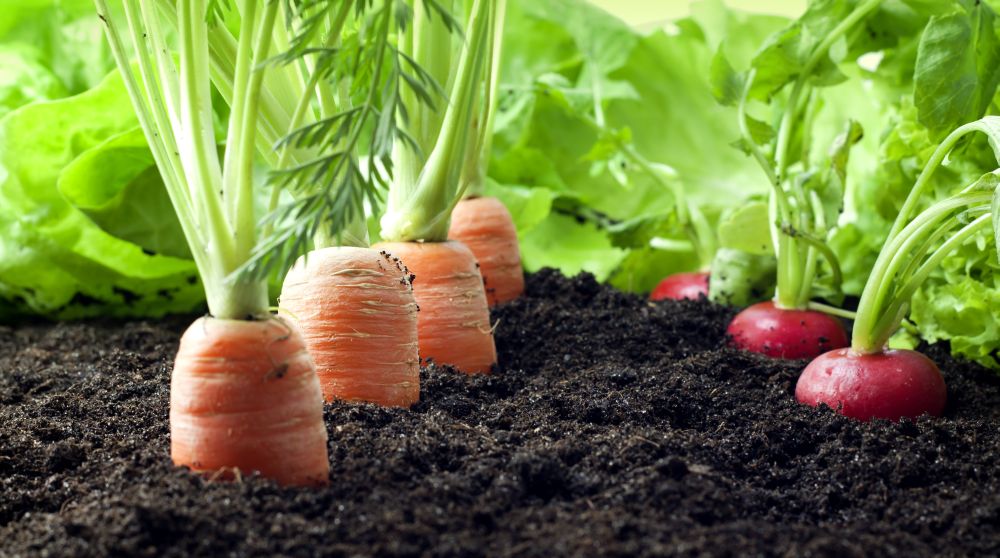Organic agriculture has numerous definitions and explanations, but they all boil down to the fact that it is a system that depends on ecosystem management rather than external agricultural inputs. These get replaced with site-specific management approaches that preserve and improve long-term soil fertility while also preventing pests and illnesses. Organic farming is a comprehensive production management method that supports and improves agro-ecosystem health, including biodiversity, biological cycles, and soil biological activity.
Organic Farming Types:
Organic farming may categorize into two categories:
- Integrated organic agriculture
- Pure organic agriculture
All artificial chemicals get avoided in pure Organic farming. All fertilizers and herbicides used in this agricultural procedure come from natural sources such as bone meals or blood meals. Pest control and nutrition management are included in integrated organic farming to satisfy ecological criteria and expectations.
Benefits:
Safer workplaces:
The safer working conditions for farmers and agricultural laborers are one of the most direct benefits of eliminating pesticides. Many farm laborers, particularly in third-world nations, are known to die each year of pesticide use. However, even in contemporary agricultural regions where the necessity of protection is widely understood, the risk of some types of cancer among farmers is substantially greater than in the general population, owing to pesticide usage.

Long-term viability is essential:
Many environmental changes are long-term and develop gradually over time. Organic agriculture analyses the agro-medium- ecosystems and long-term effects of agricultural activities. Its goal is to generate food while maintaining an ecological balance to avoid soil fertility and pests. Organic agriculture offers a preventative strategy rather than reacting to issues as they arise.
Erosion Reduction:
Organic farming not only helps to develop healthy soil but also helps to address significant soil and land challenges like erosion. When comparing nearby organic and chemically treated wheat fields, researchers discovered that the organic area had eight inches more topsoil and just one-third the erosion loss. You should be concerned about erosion if you aren’t already. Erosion is a severe problem that affects the land, food supplies, and humanity.
Biodiversity:
Traditional and adapted seeds and breeds are favored at the gene level because they are more disease resistant and climatically resilient. Diverse combinations of plants and animals maximize nutrient and energy cycles for agricultural output at the species level. Agro-biodiversity erosion gets reduced when under-utilized species are used as rotation crops to boost soil fertility, resulting in a strong gene pool – the foundation for future adaptation.
